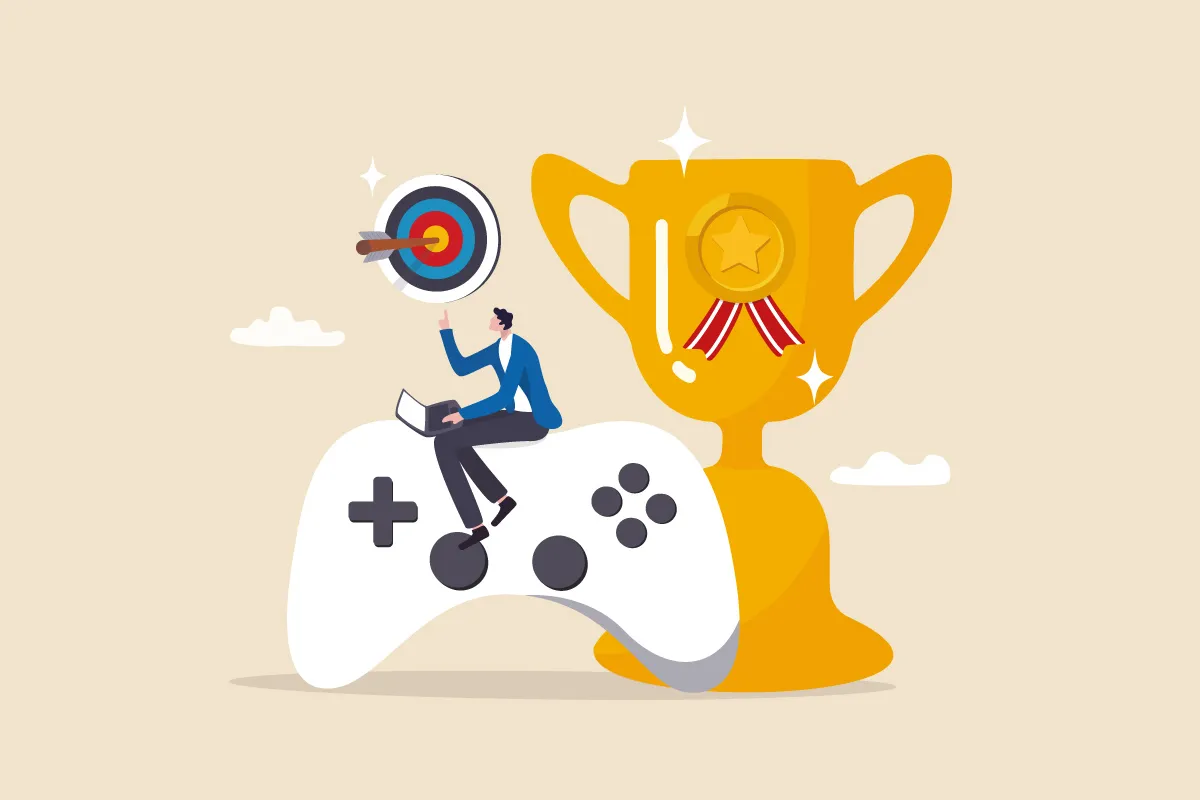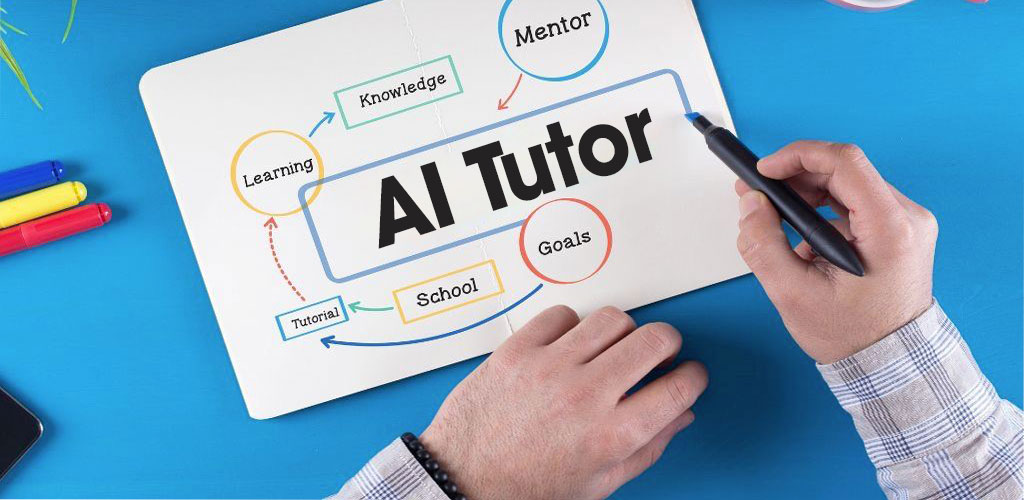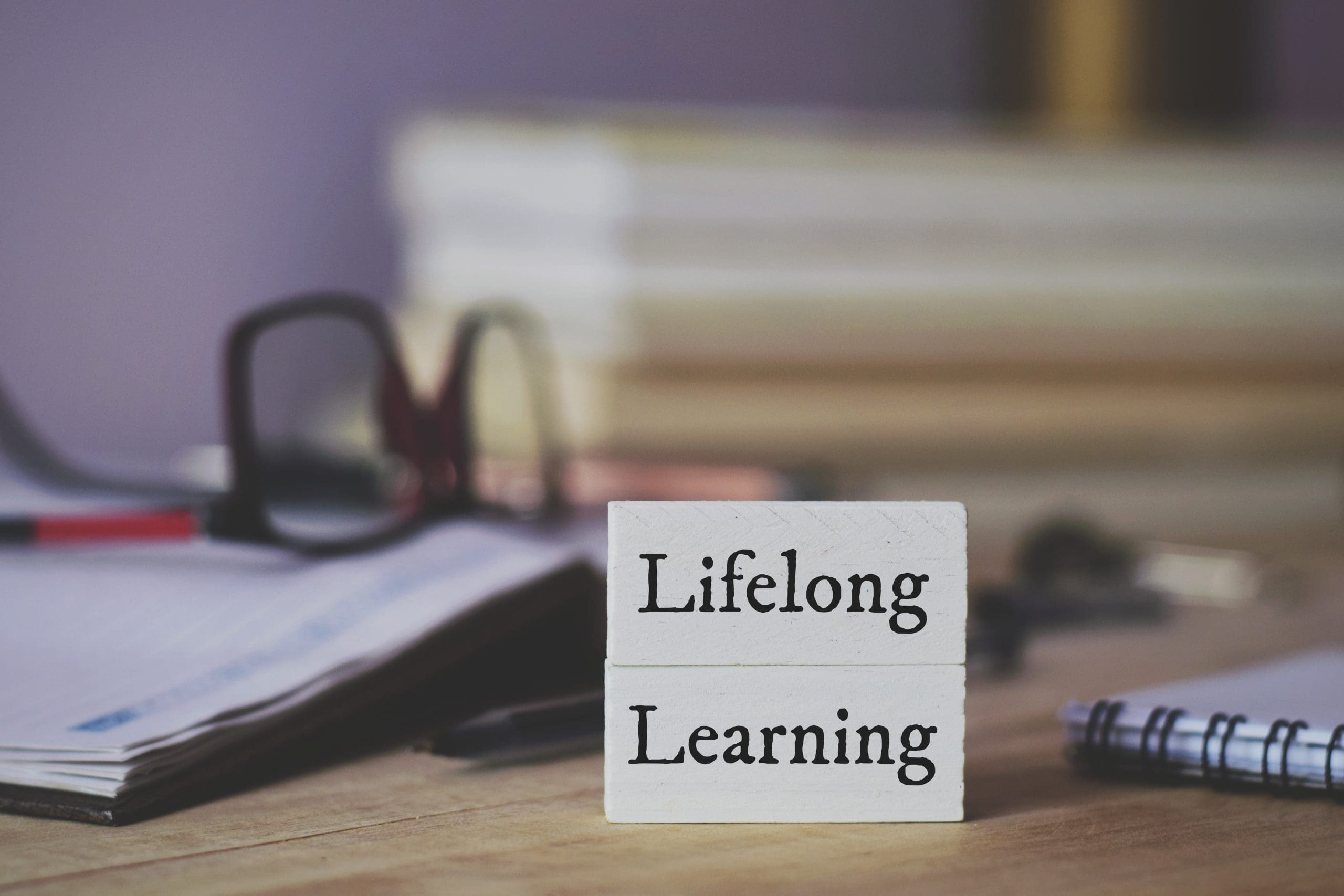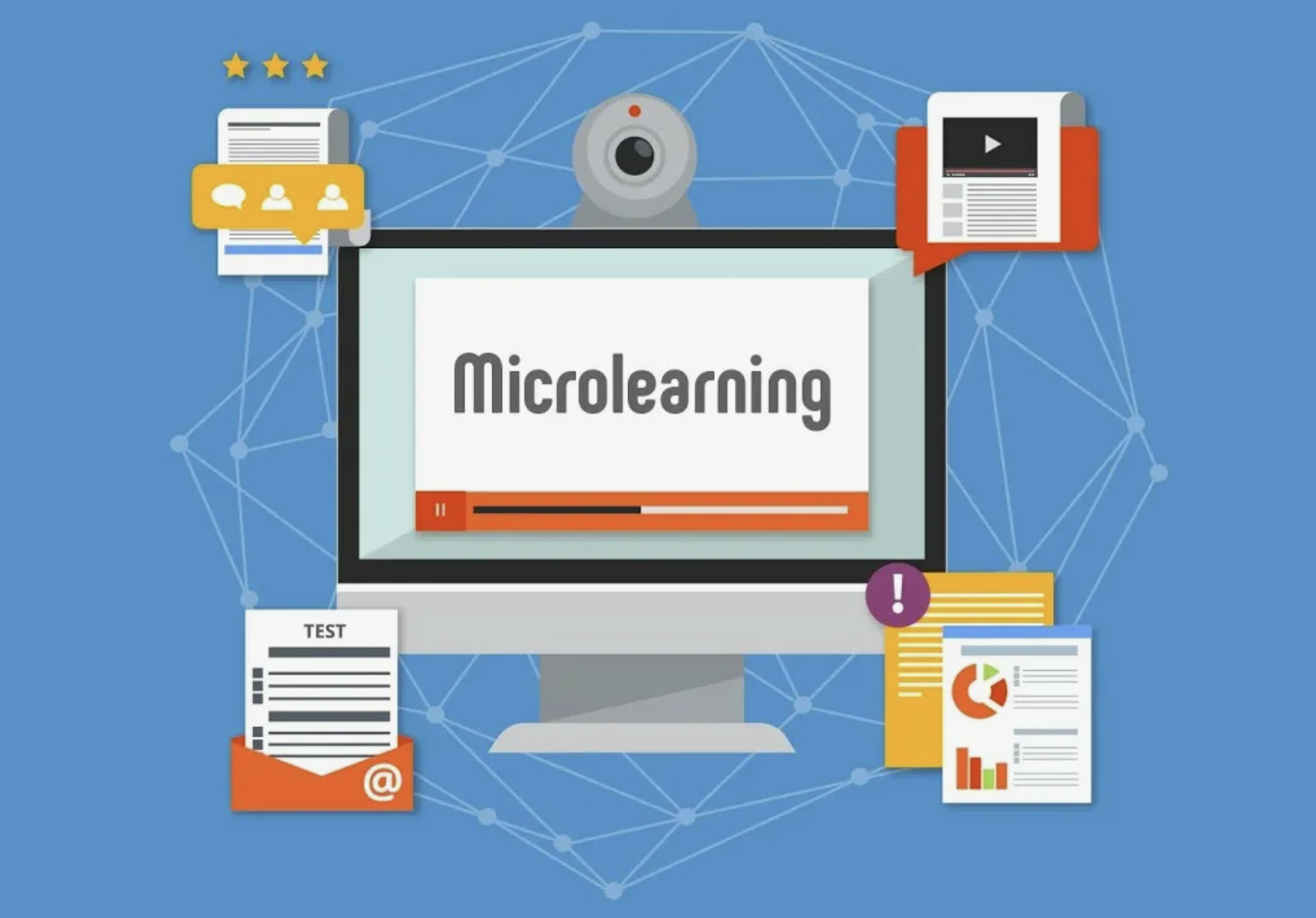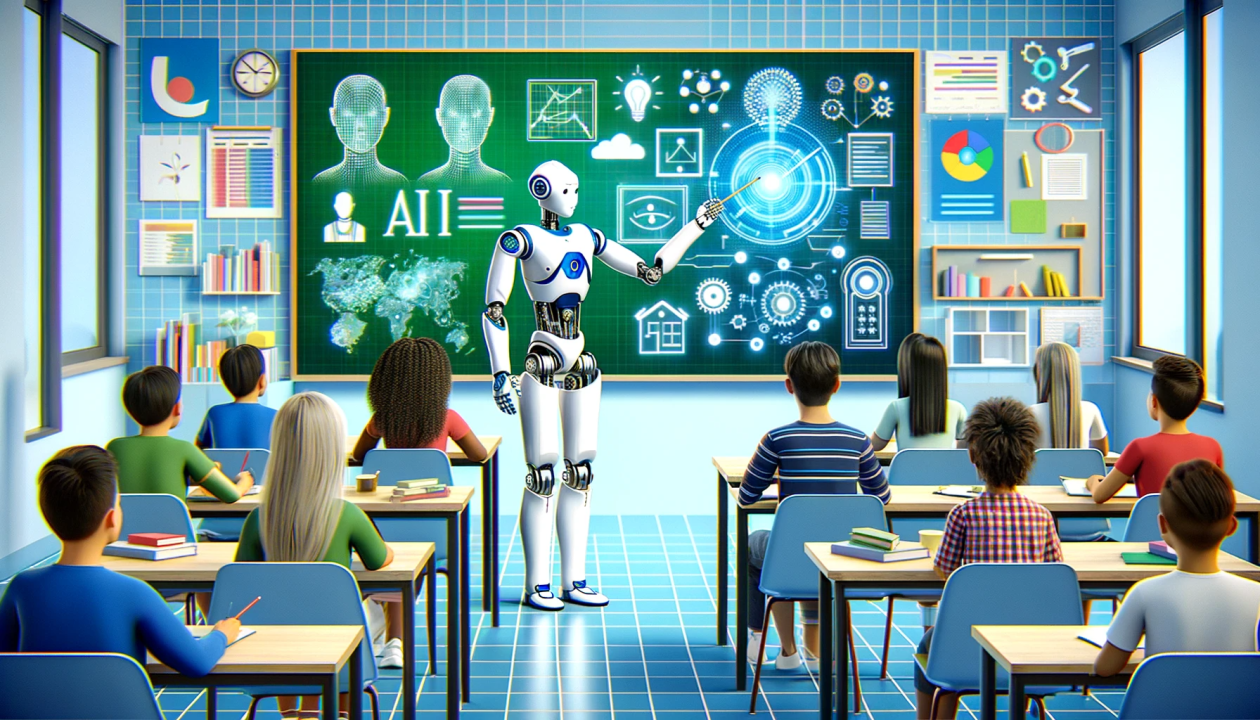What Is Microlearning?
Microlearning is the process of delivering content in small, focused bursts—usually 2 to 10 minutes—designed to meet specific learning objectives. It leverages multimedia formats such as videos, quizzes, infographics, or interactive modules and often integrates seamlessly into daily workflows.
Key Traits of Microlearning:
-
Short and specific
-
Just-in-time delivery
-
Mobile-friendly
-
Self-paced and flexible
-
Often gamified or interactive
Why Is Microlearning Emerging Now?
Two major forces converge to drive the rise of microlearning:
1. Technological Acceleration
-
Mobile ubiquity: Over 6.8 billion smartphones globally make bite-sized content instantly accessible.
-
AI and adaptive learning: Algorithms tailor content to learners’ pace and preferences.
-
AR/VR/XR: Immersive micro-scenarios simulate real-world problem-solving in medicine, engineering, and customer service.
2. Cultural and Societal Shifts
-
Shorter attention spans: Studies suggest average attention spans have dropped from 12 seconds (2000) to 8 seconds (2023).
-
Gig economy & freelance work: Workers now stitch together skills across diverse domains without long-form degrees.
-
Lifelong learning imperative: Traditional education becomes obsolete faster than ever; adaptability is the new currency.
From Industrial Age to Information Age Learning
Let’s compare how educational paradigms have evolved:
Traditional Education → E-Learning → Microlearning
• Fixed time, place • Self-paced, online • Contextual, on-the-go
• One-size-fits-all • Modules & courses • Nuggets & skill slices
• Instructor-led • Still structured • Hyper-targeted and brief
• Long completion time • Weeks or months • Minutes per topic
Microlearning breaks the inertia of traditional education by offering agile learning loops instead of prolonged academic marathons.
Real-World Use Cases
📱 Corporate Upskilling:
Amazon trains warehouse staff in safety procedures via microlearning apps that include quick simulations and scenario-based quizzes.
👩⚕️ Healthcare:
Doctors use 5-minute clinical refreshers via platforms like Osmosis or Figure 1 during rounds.
🧠 Language Learning:
Duolingo’s gamified, 3-minute lessons drive user retention by fitting learning into everyday life—between subway stops or coffee breaks.
⚙️ Tech Skills:
Developers use microlearning portals like Frontend Mentor or Scrimba to sharpen specific frameworks without enrolling in multi-week courses.
Strengths and Limitations
Advantages:
-
Highly scalable
-
Boosts retention via spaced repetition
-
Fits modern attention habits
-
Encourages proactive learning
-
Lowers entry barriers to complex topics
Challenges:
-
Risk of oversimplification
-
Limited depth without complementary formats
-
Requires strong content design to be effective
Where Microlearning Meets the Future
Trends to Watch:
-
AI tutors & chatbots: Personal AI companions that nudge, quiz, and summarize content in real time.
-
Neuroadaptive platforms: Wearables + AI = content that adapts to brain state (focus, fatigue).
-
Learning in the flow of work: Seamless integration into Slack, MS Teams, or AR glasses.
Societal Implications:
-
Redefinition of credentials: Micro-certifications and digital badges rival degrees for job-readiness.
-
Closing access gaps: Anyone with a phone can now upskill—whether in Nairobi or Nashville.
-
Rise of polymaths: Learners stack diverse micro-skills to become cross-disciplinary problem-solvers.
Final Thoughts
Microlearning is not just a learning format—it is a cultural response to the velocity of change. In a world where knowledge has a half-life, we must move from the accumulation of knowledge to the renewal of it. By delivering meaningful learning in moments, microlearning meets us where we are—busy, mobile, and perpetually adapting.
It’s not the future of learning because it’s short. It’s the future because it’s smart.

